

The Reykjadalsa river, in the northern part of Iceland, is a tributary of the lower section of the Big Laxá I Adaldal, located in the northeastern region, or Norðurland Eystra, a 45-minute ride from Akureyri, the countries second-largest city. The river flows for around 35 kilometres, running through the Reykjadalur valley and into Lake Vestmannsvatn, continuing north and finally joining the famous Laxa in Adaldalur. The river has a fantastic character, is exceptionally diverse, and is famed among the freshwater fly fishing community for the range of fly fishing opportunities it offers.
The river is fishable along its entire length and is a typical freestone river, renowned as a surface fishing and dry fly anglers paradise. It’s known as one of Iceland’s best wild Trout and Char rivers, with high volumes of fish, landed every season. It hasn’t been unusual for the river to produce over 3,000 Trout per year, and it’s these big numbers that attract travelling rods from all over Europe. Despite being recognised as mainly a Trout and Char river, the Reykjadalsa does produce its fair share of Atlantic Salmon. Thanks to an exceptional Smolt release programme, with over 20,000 Salmon released each year over the past three years, it’s becoming a fantastic mixed fishery for anglers looking to target all species.
On its way to meet the Big Laxa, the Reykjadalsa flows through two lakes, offering ample fly fishing opportunities. The fish in the lower parts are smaller but are aggressive and very willing to rise to take a dry fly.
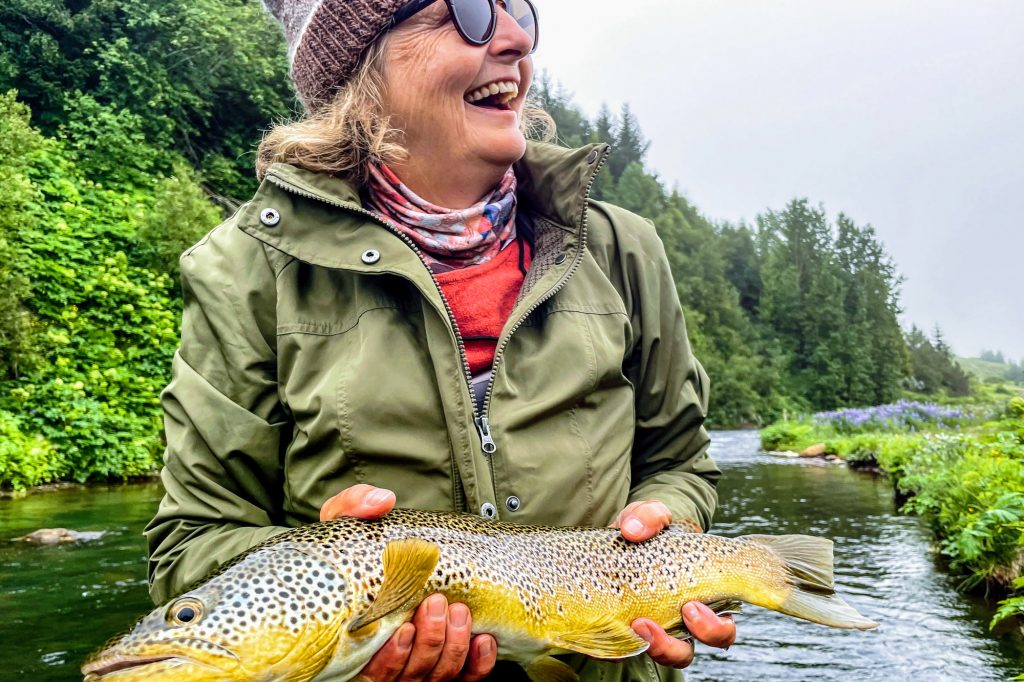

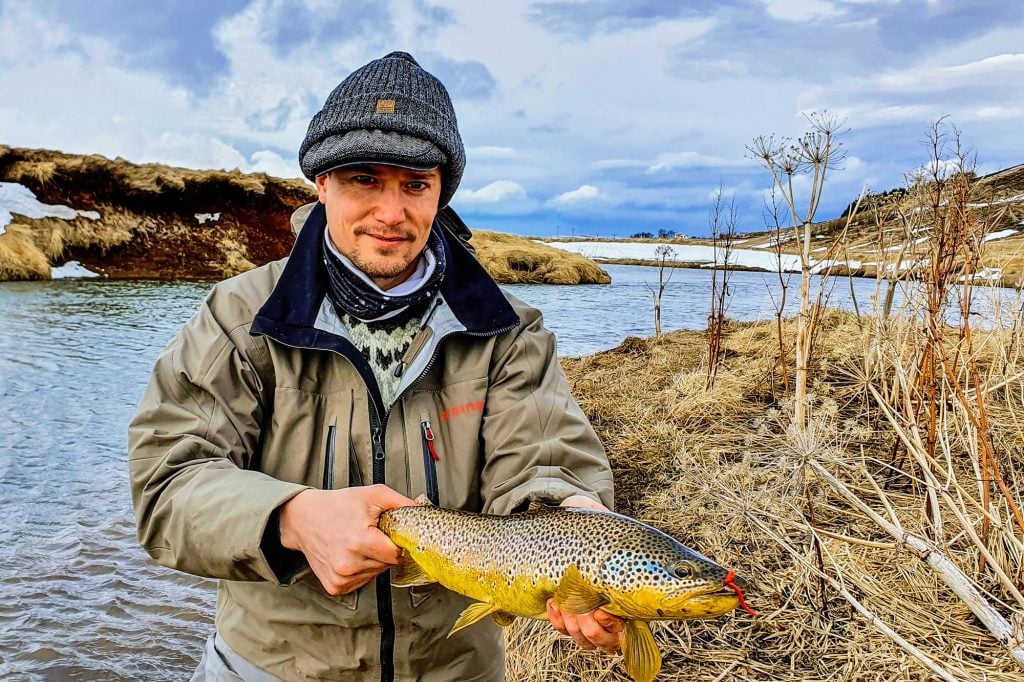

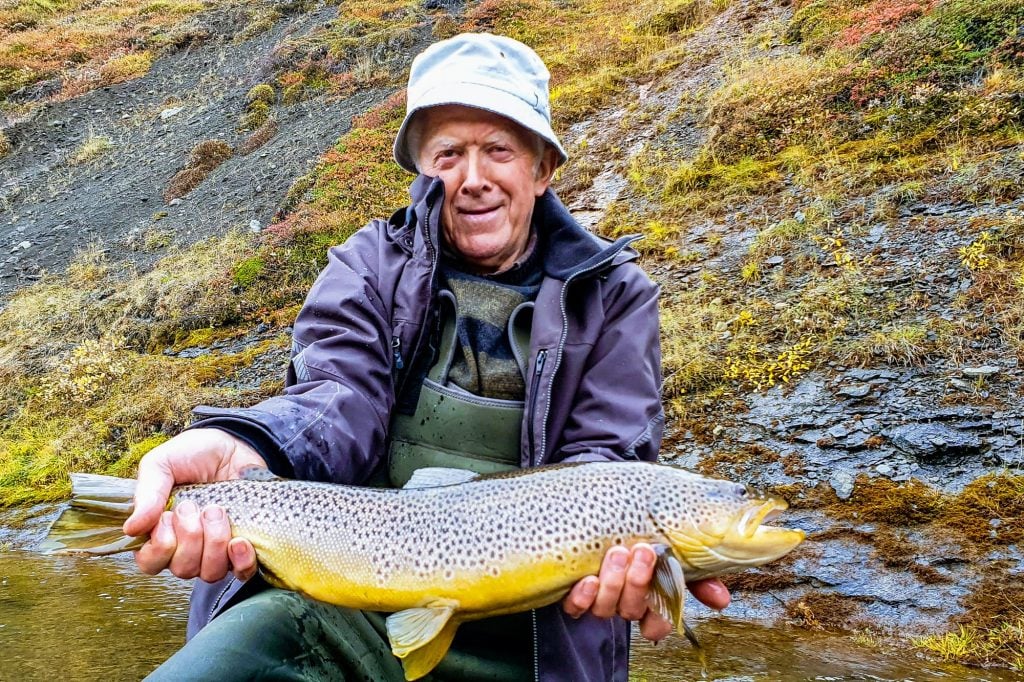

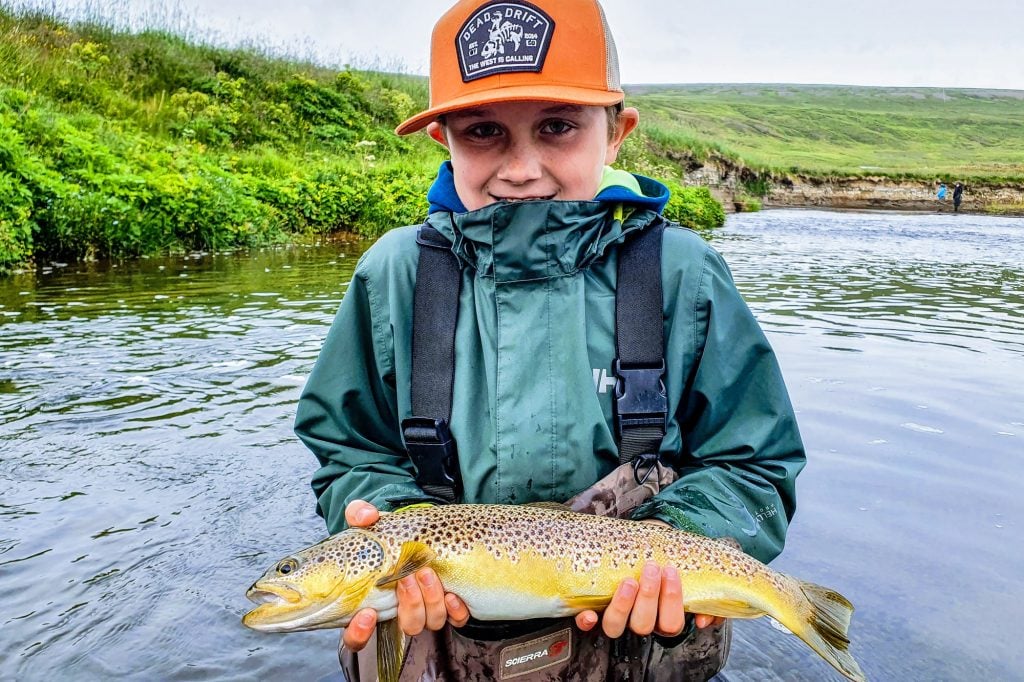

The rivers upper reaches are modest in width, a mere ten to fifteen metres, and flow through the canyonlands. Here the streambeds are shallow and littered with rocks. The water runs swiftly but is easy to wade and packed full of wild Brown Trout, all of which wait in anticipation for any passing insects or anything that resembles food. Historically these stretches of water are a little less productive than the middle and lower sections, but the fish are of a better average size.
Just north of Laugar, the rivers flow calms and takes a meandering course through the open valley as it flows downstream towards the mouth of the Eyvindalaekur. There are numerous cut banks and various forms of structure along its journey, all of which hold fish. The average size of the Trout is small, with many landed weighing 2lb or less, but wild Brownies to over 8lb have been landed, along with every size in between. What the river perhaps lacks in fish size, it makes up for in numbers.
Given that the Reykjadalsa is an important contributor to the great Laxa, it produces its fair share of Salmon. Most of the fish caught weigh between 4lb to 10lb, but odd fish to over 20lb have been landed.
To find out more about freshwater fly fishing on the Reykjadalsá River in Iceland, visit our YouTube channel.
The river has an array of different freshwater fly fishing opportunities on offer, and there’s something to suit everyone, whether it’s fishing the plains with dry flies or sight fishing for Salmon and Brown Trout in the upper canyon pools.
During the early part of the season, during the months of June and July, the Brown Trout fishing can be incredible, and it’s not unusual for competent rods to land between 15 and 20 fish, with a reasonably good average size. The Reykjadalsá throws up some excellent catch stats, and in 2019 just over 3000 wild Brown Trout measuring 40cm or bigger were caught and released into the river over its entire length.
In early July, the Atlantic Salmon begin to invade the river in small numbers. Then, around the middle of July, until their peak in August, the fishing gets interesting as numbers increase dramatically, which adds a nice bonus to the dry fly fishing for Trout. The Salmon fishing is available on all the beats at no extra cost, although most are Grilse fish weighing between 3lb and 6lb, beginning their upstream run. Averagely 100 plus Salmon are landed from the waterway every season, but a percentage of these will be into double figures.
As well as good numbers of Trout and Salmon, there’s also an abundant population of anadromous Arctic Char. These fish can get caught throughout the season, especially in the areas of water near the lakes.
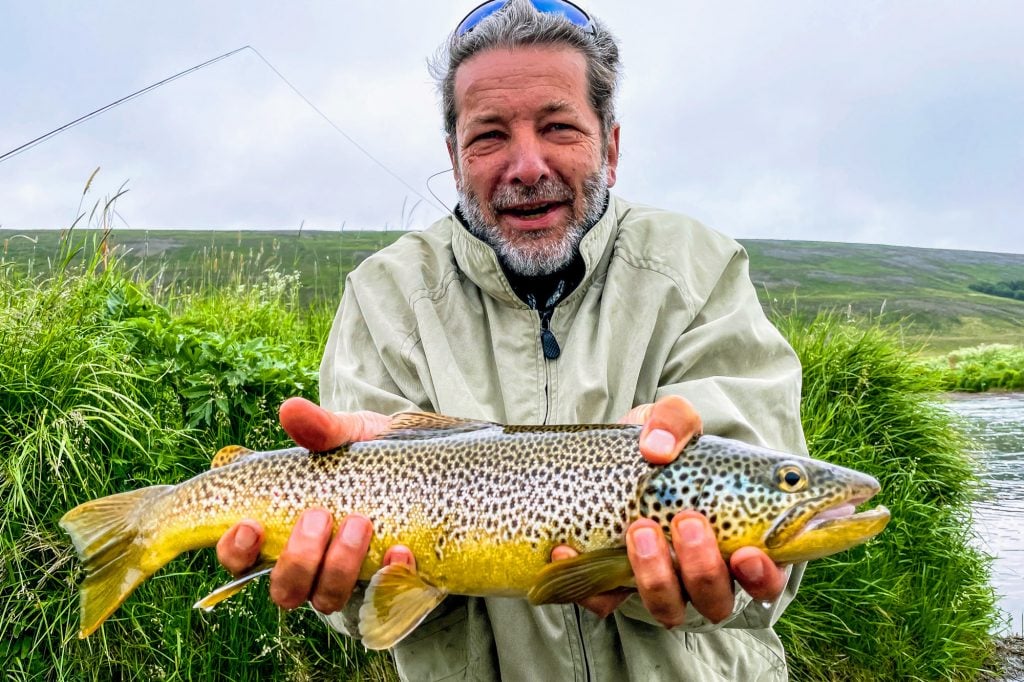

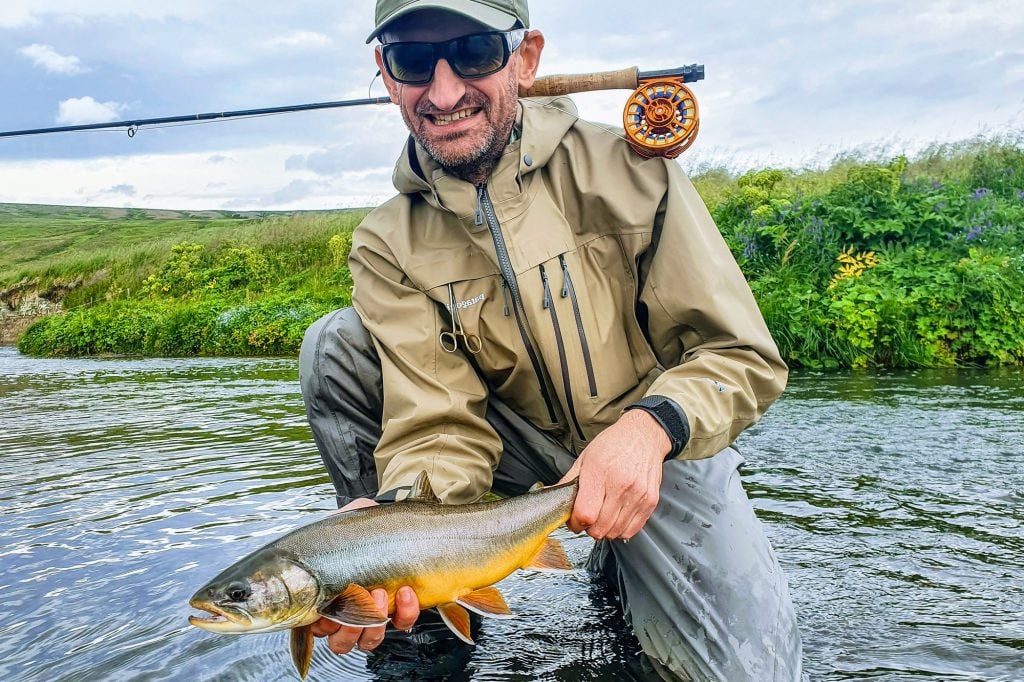

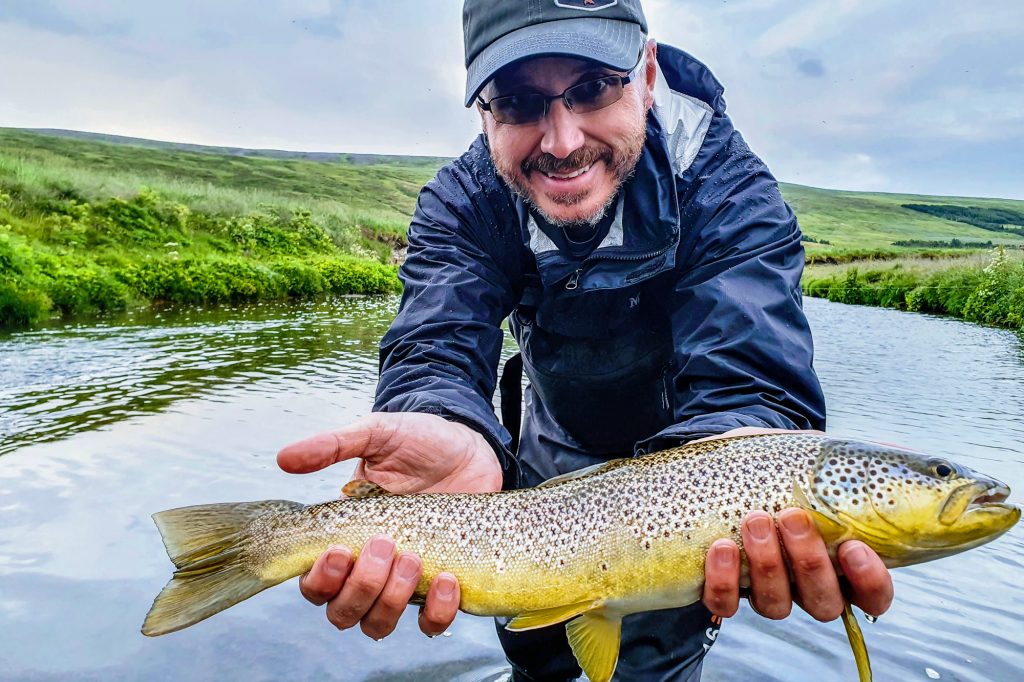

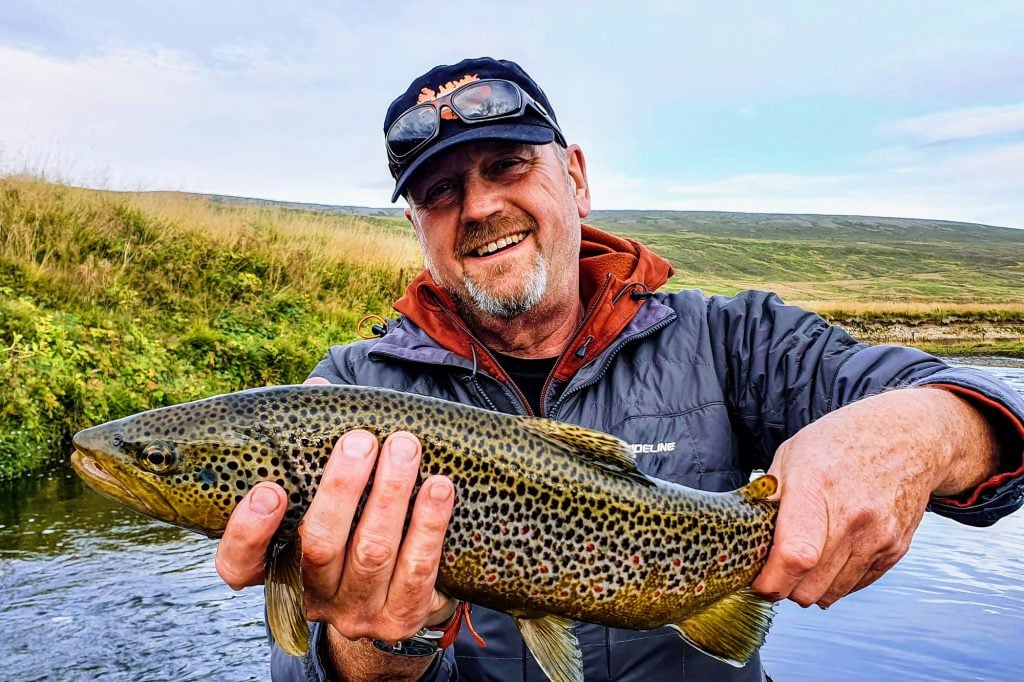

With the Reykjadalsá being reasonably small and relatively shallow, besides a few deeper pools in the lower reaches, all the fishing can be performed with single-handed rods and floating lines. The water is gin-clear, and sight fishing is possible, and the prefered method. Anglers using wets, nymphs or dry flies, and riffle-hitch tactics will catch their fair share of fish.
Although the Reykjadalsá is not a big river, it can occasionally be pretty tricky to fish, especially for Salmon, and a guide is essential to ensure you get the very best out of your holiday. A guide can often be the difference between catching and not, so our package on the Reykjadalsá is based on two rods and is fully guided, including a car and fuel, with two anglers per guide.
Typical Fishing Day
7.00 Breakfast
7.30 Guide pick up and start fishing
13.00 Stop for lunch and back to the lodge.
16.00 Afternoon fishing
22.00 Finish fishing and back to the lodge
22:30 Evening meal and drinks
Along its 35-kilometre length, the fishing is exclusive to our Lodge.
The Reykjadalsá lodge in Iceland is a comfortable lodge with all modern necessities. It was fully renovated in 2024. It offers four double bedrooms, each with its own ensuite. In addition, it features a large living area, dining area, fully equipped kitchen, wader/drying room, hot tub, and outdoor BBQ.
Bedding is supplied, and cleaning is included. For your convenience, the Lodge also offers free high-speed wireless access. So you can check e-mails or send bragging photos to your friends, family and fellow anglers back home.
Self-catering and fully catered food packages are available. If you opt for the fully catered package, you will have the services of your own private chef in the lodge.
Breakfast usually consists of bacon, eggs, toast and oatmeal, and lunch is often carb-loaded, with pasta, soups, bread and lasagne. Dinner is two courses with either a starter and a main or main and dessert. Anglers and guides eat together.
The lodge doesn’t have a bar, so whatever catering package you pick, if you fancy a drink in the evenings, you’ll have to bring it with you. We recommend buying a bottle of your favourite tipple from duty-free at the airport.
There is a strict policy in Iceland that visiting anglers must have their fishing tackle sterilised before entering the country, which is something a veterinary surgeon can easily perform. They can then provide you with a certificate and a signed inventory of what has been sterilised, which will need presenting to the customs officers at the airport. The most critical items to be treated are rods, reel/line, waders and flies.
Another and more convenient alternative before entering the country is handing your fishing equipment over to customs officers at arrival. They will then be able to disinfect your tackle for you. This takes around 15-20 minutes and costs approximately €40 per person.
Within an hour’s drive from the lodge, you will find some of Iceland’s most beautiful natural phenomena – Lake Myvatn and the Asbyrgi canyon. In addition, within a 30-minute drive from the lodge, you will reach the coastal town of Husavik, which is one of the best whale watching centres in Iceland.
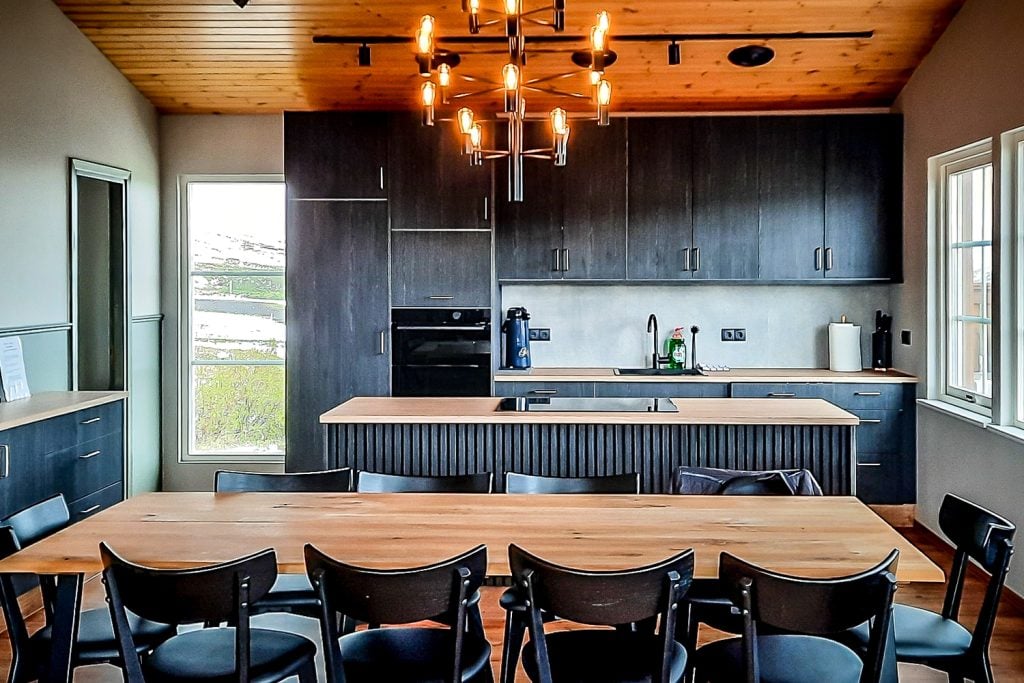

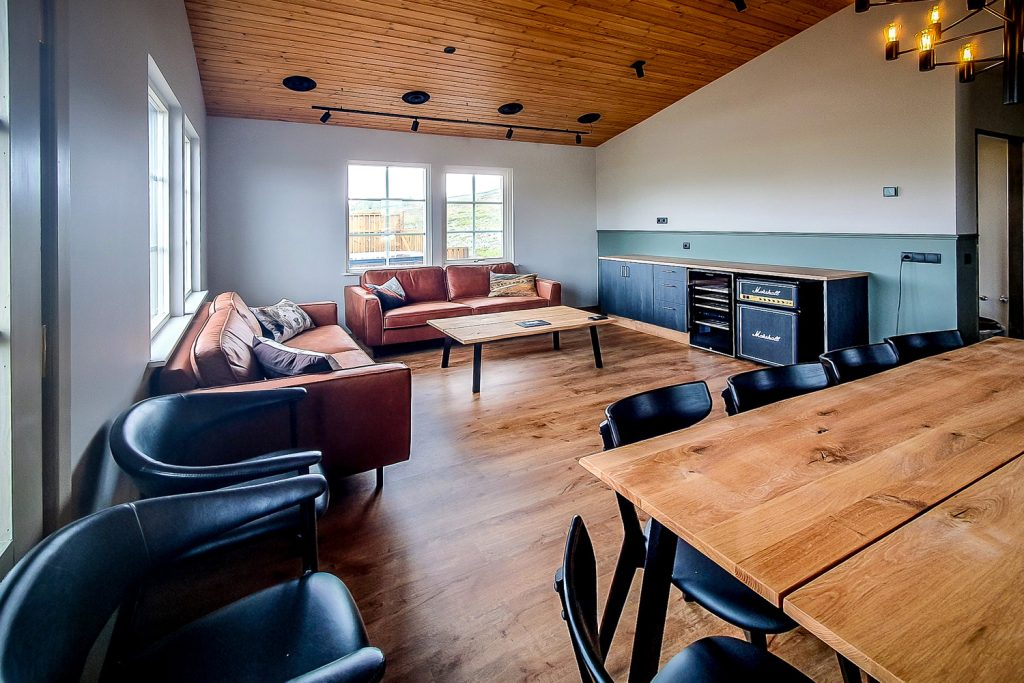

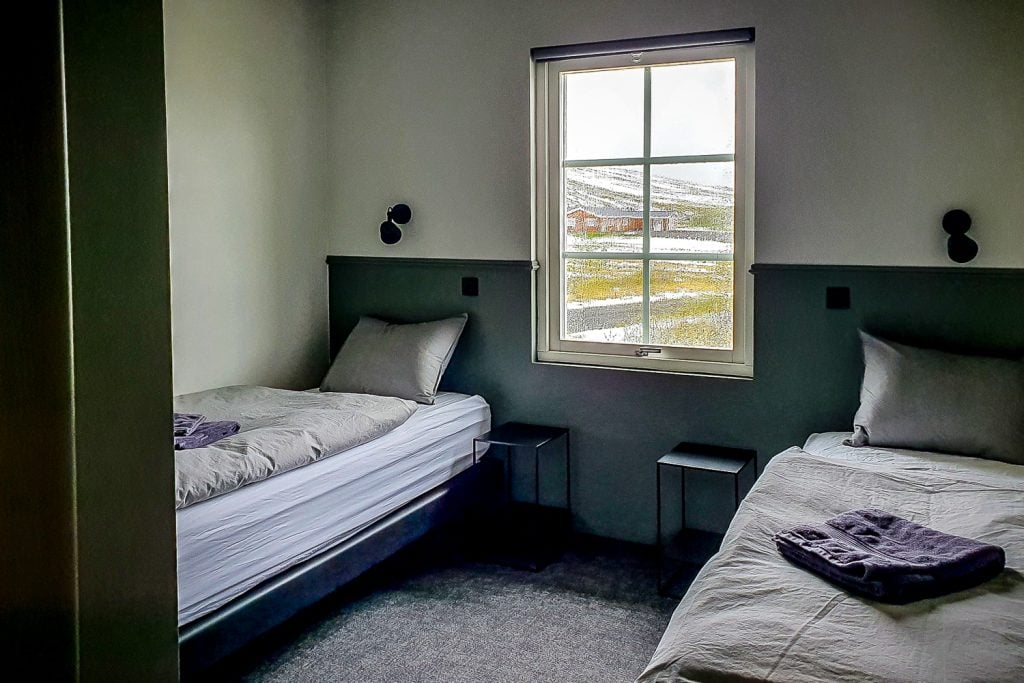





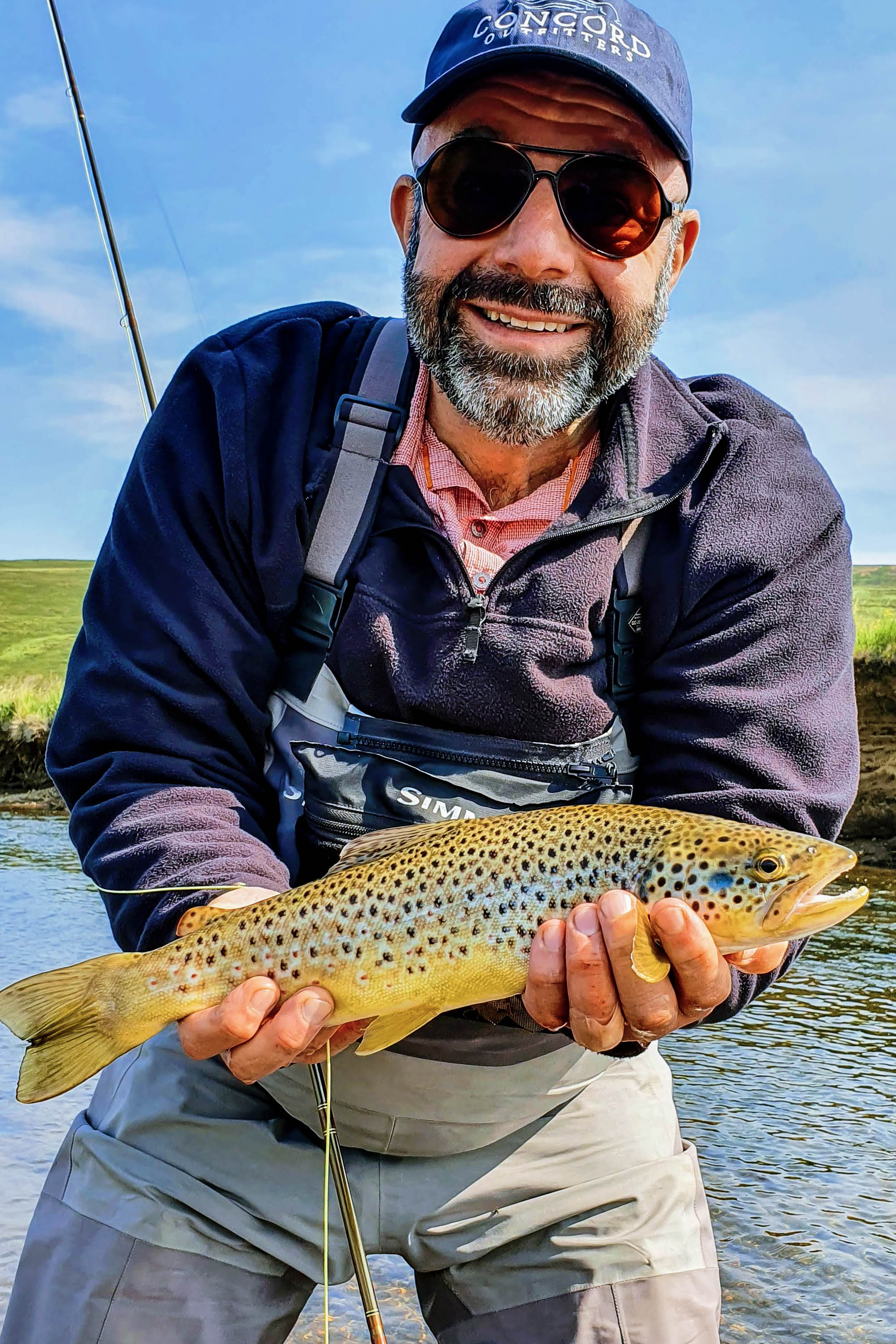

The below itinerary is flexible should you require additional fishing days or additional free days to explore; we can tailor this itinerary to suit you personally. Feel free to talk to our travel consultants who can explain all options available.
Depart Any international Airport (See Details)
Arrive Keflavik
Once you arrive in Keflavik and have collected your bags you’ll need to take a taxi and transfer to your overnight accommodation.
Overnight Accommodation: Airport Hotel (Twin Room) B/B
After breakfast at the hotel, you’ll need to taxi to Reykjavik airport.
Depart Reykjavik
Arrive Akureyri
Once in Akureyri, you’ll be met by a representative from Reykjadalsá who will transfer you to the lodge. The journey from Akureyri Airport to Reykjadalsá Lodge is around 50 minutes.
Once at the lodge you’ll need to unpack and get ready for the first half a day of fishing. Fishing starts at 16:00 (15:00 after August 10th) on arrival day.
Overnight Accommodation: Reykjadalsá Lodge (Single Room) F/B
For the next 3 days, you’ll be fishing the delightful Reykjadalsá river. A lower tributary of the Big Laxá I Adaldal it offers a wide range of diverse waterways for you to wet a fly.
It features numerous quality Trout and Salmon beats and a selection of beautiful pools, and a couple of lakes.
Overnight Accommodation: Reykjadalsá Lodge (Single Room) F/B
After breakfast, you’ll head out for half a days fishing, fishing until 12.00 pm.
After fishing, a representative from Reykjadalsá will transfer you to Akureyri airport ready for your flight home.
The journey from Reykjadalsá Lodge to Akureyri Airport is around 50 minutes.
Depart Akureyri
Arrive Reykjavik
Once you arrive in Reykjavik and have collected your bags you’ll need to take a taxi and transfer to your overnight accommodation.
Overnight Accommodation: Airport Hotel (Twin Room) B/B
After breakfast, you’ll need to transfer to Keflavik airport ready for your flight home.
Depart Keflavik
Arrive Homne
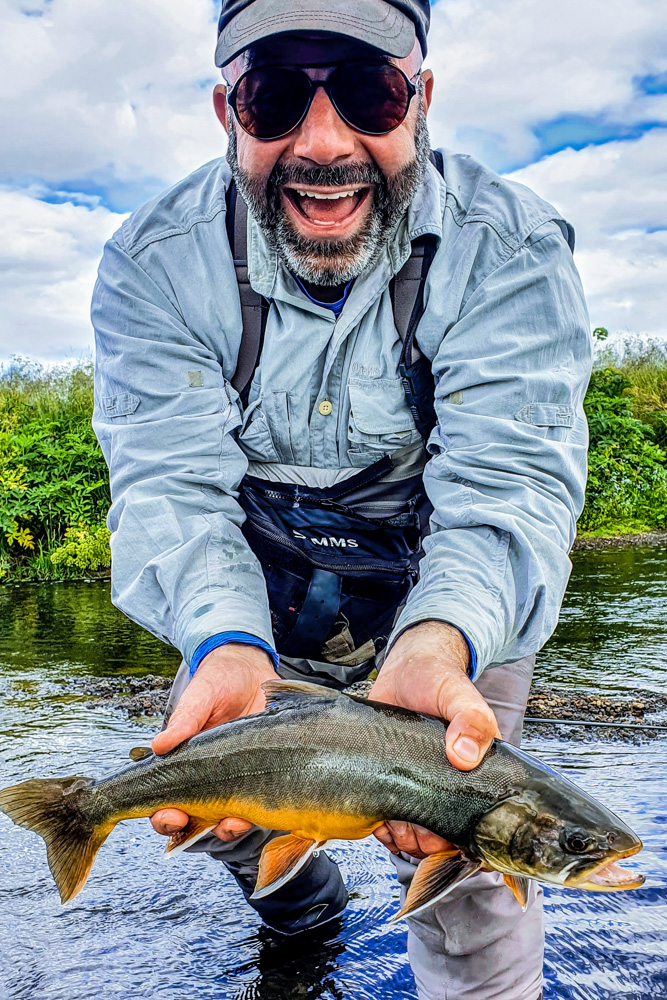

The season runs from April to August.
Season: April to August
Peak: July
Weight: 3lb to 25lb
Average Weight: 6lb
Season: April to August
Peak: June
Weight: 1lb to 8lb
Average Weight: 2lb
Season: April to August
Peak: All Year
Weight: 1lb to 3lb
Average Weight: 2lb
Remember that Sportquest Holidays' services are completely FREE! When you book a trip with Sportquest Holidays, you never pay more than when you book directly with the lodge and flights independently.
| From | To | Duration | Price | Availability | ||
|---|---|---|---|---|---|---|
| 09/08/2024 | 14/08/2024 | 6 | £4,163 | Enquire Now | ||
| 2 Anglers Sharing | 2 Anglers Sharing | |||||
| 19/08/2024 | 24/08/2024 | 6 | £4,163 | Enquire Now | ||
| 2 Anglers Sharing | 2 Anglers Sharing | |||||
| 04/09/2024 | 09/09/2024 | 6 | £4,163 | Enquire Now | ||
| 2 Anglers Sharing | 2 Anglers Sharing | |||||
| 12/09/2024 | 17/09/2024 | 6 | £4,163 | Enquire Now | ||
| 2 Anglers Sharing | 2 Anglers Sharing | |||||
Prices are based on one adult in single room accommodation fishing 1 rod (unless otherwise stated) and are correct at the time of going to press. Subject to time of year or date and currency fluctuations, these prices may fluctuate slightly due to flight price increases or fuel surcharges.
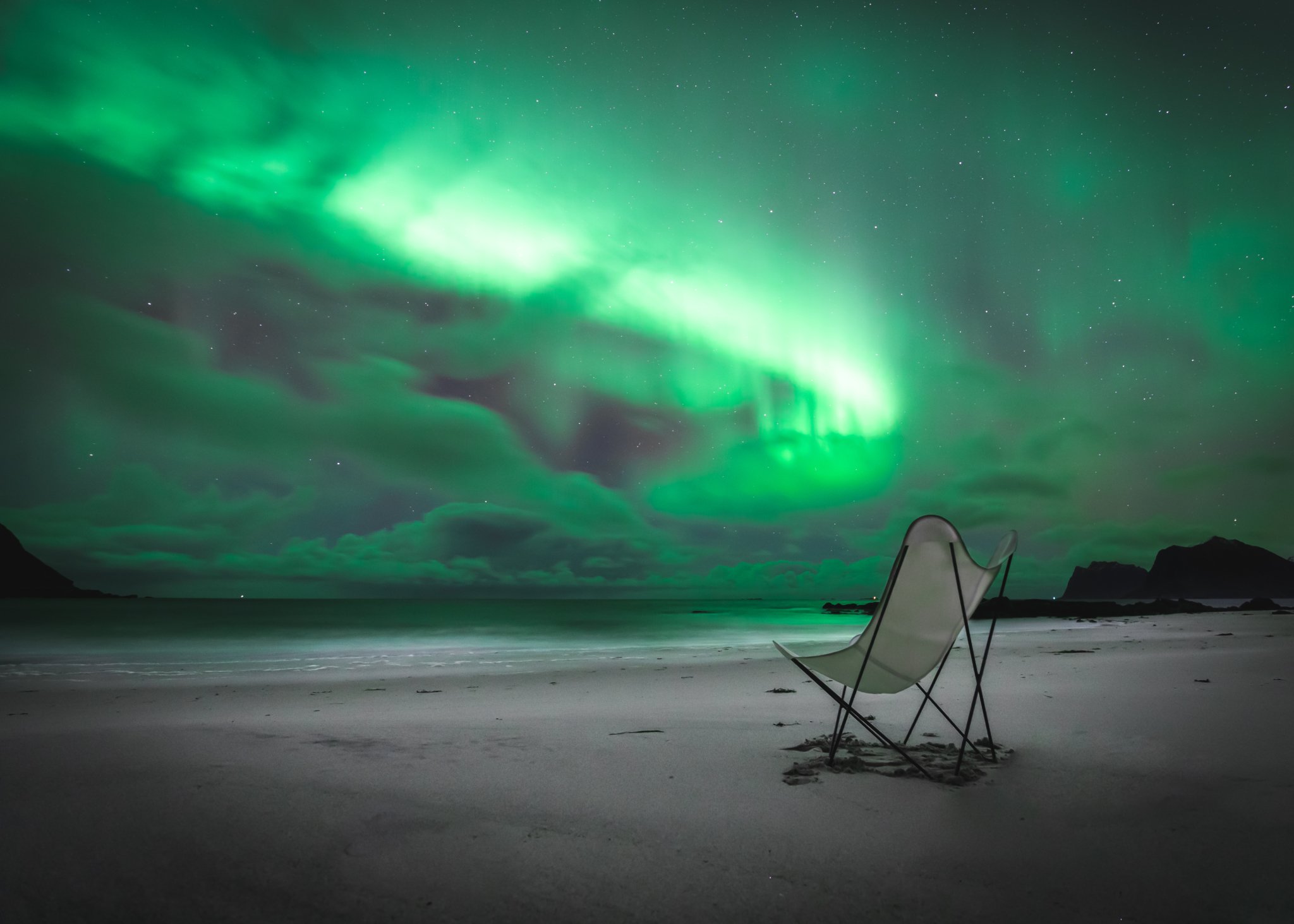

The fishing, staff, accommodation and guides were all first class. I'd like to give a special shout out to Matti, who really couldn't do enough for us and was particularly helpful. We were told the fishing was a little tougher than normal, but still way above our expectations. We'll definitely be back next year!
I've always wanted to fish in Iceland and last year I booked a trip on the Reykjadalsa river. Rather than jump straight into the Salmon fishing I thought I'd earn my stripes, starting with the Trout and Char. To cut a long story short, the fishing, river, guides, accommodation was way above my expectations and I'm already looking at booking in Iceland again for next year.
I've been fly fishing overseas a few times, including to Canada and Argentina, but fancied a little break closer to home so opted for Iceland and the Reykjadalsa River. I only had four days of fishing, but that was perfect as the river was very productive. Every day I landed some nice Trout and Char from a variety of different pools. A big thank you to everyone involved in sorting my trip at fairly short notice.
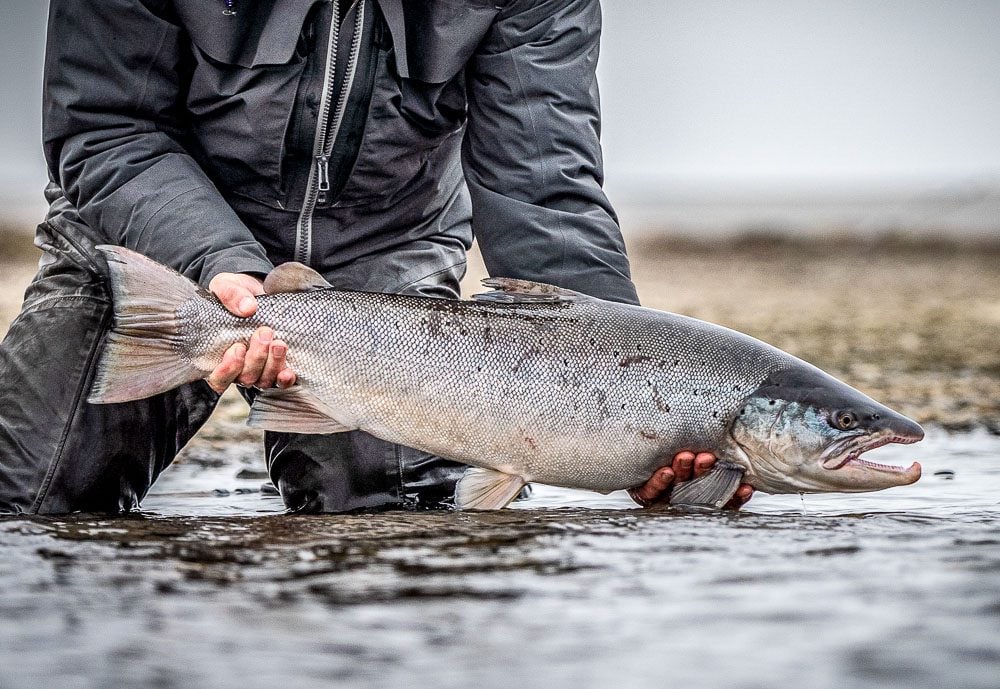

Exclusive to Sportquest Holidays, Howenh Lodge, based on the incredible Rio Grande, offers travelling rods the opportunity to wet a fly across over 30 kilometres of water. With just four to six rods per week, it provides some of the best Sea Trout fishing in the world, both in terms of the number of fish and excellent average size.


The Vatnsdalsá River is one of the most famous Salmon rivers in Iceland and is renowned for the size of fish it produces. Located in the country's North West, approximately three hours drive from Reykjavik, it flows for over forty kilometres and offers a vast array of quality pools and beats. It produces between 700 and 1,200 Salmon each season, with a healthy average size.
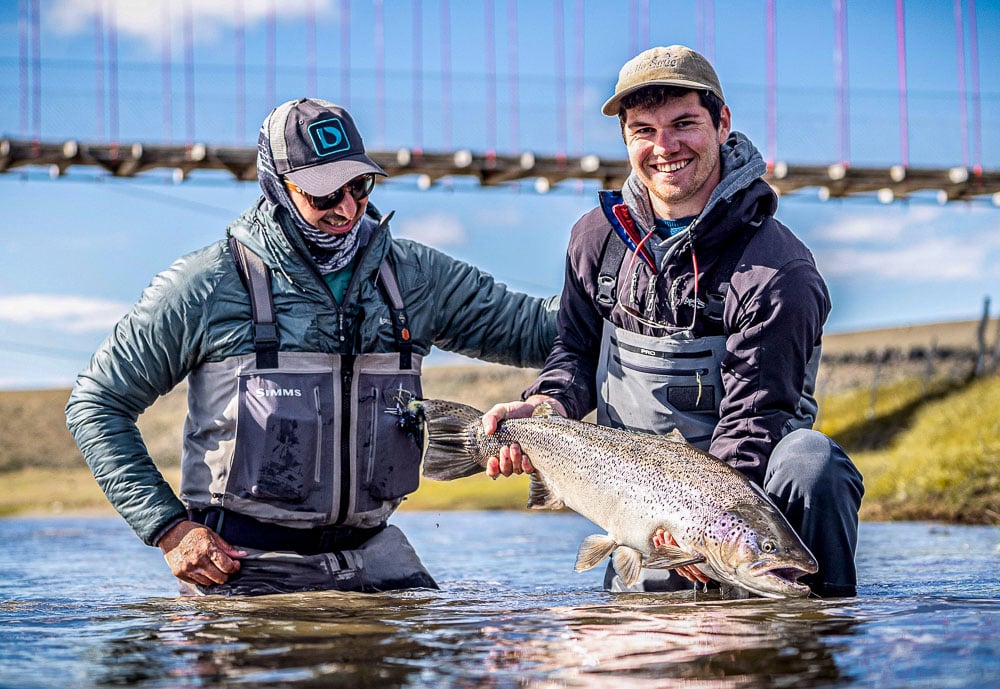

Our hosted Sea Trout trips to Bella Sofia offer travelling rods the chance to experience some of the finest fishing in all of Patagonia, Argentina. The fishing is split across two rivers, the mighty Rio Gallegos, one of the most famous Sea Trout rivers in the world and the Rio Gallegos Chico, a smaller tributary. Catering to just six rods per week, the lodge is booked exclusively for Sportquest customers.
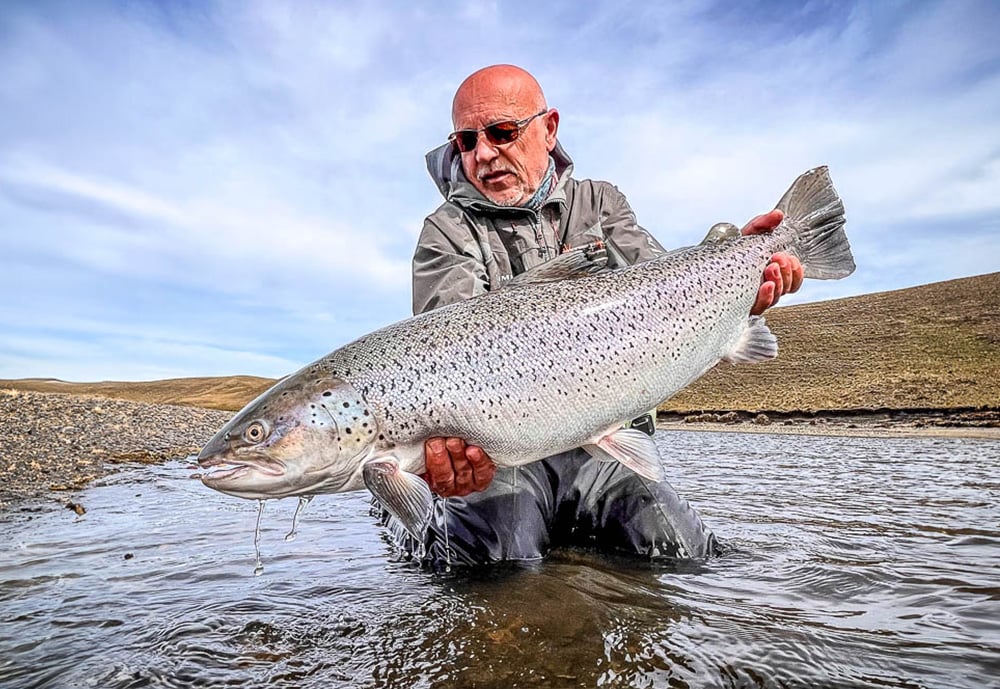

Bella Sofia Lodge is new for 2023, offering anglers single rooms and world-class Sea Trout fishing on the Rio Gallegos and the Rio Gallegos Chico Rivers. Based on only six rods per week, it offers guests more than 10 kilometres of water each to wet a fly, making it the most exclusive fishery in all of South America.
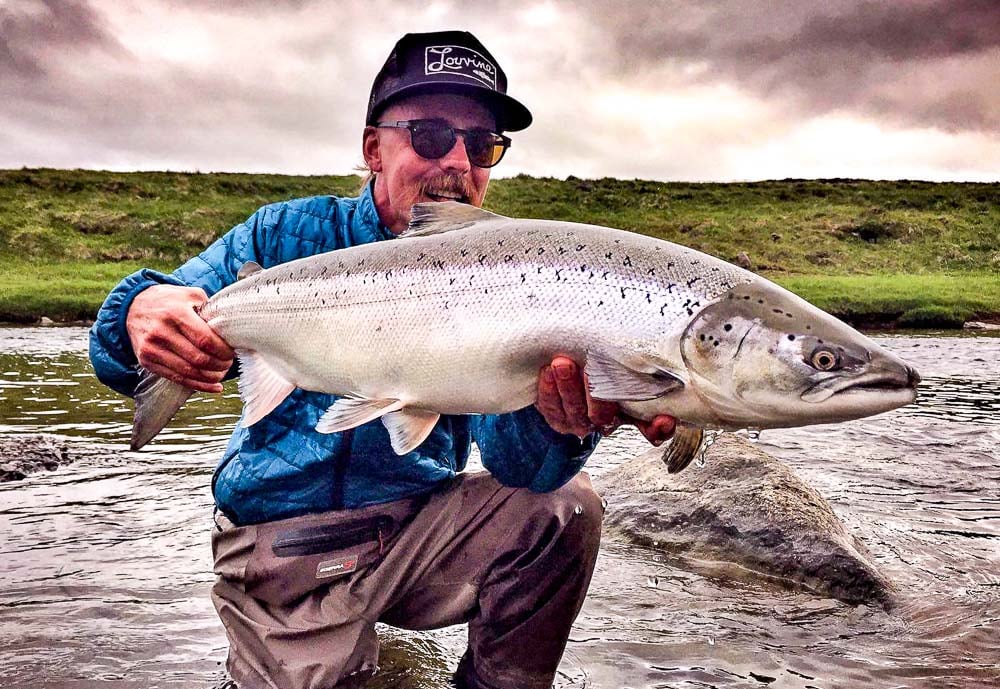

The Midfjardara River is referred to as the 'Queen Of The Rivers' and this stunning, picturesque gin clear waterway offers travelling rods over 100 kilometres of water in which to wet a fly. Spread across four rivers, with 220 named pools and five first-class Salmon fishing beats, it's easy to see why rods at the lodge are so desirable.









